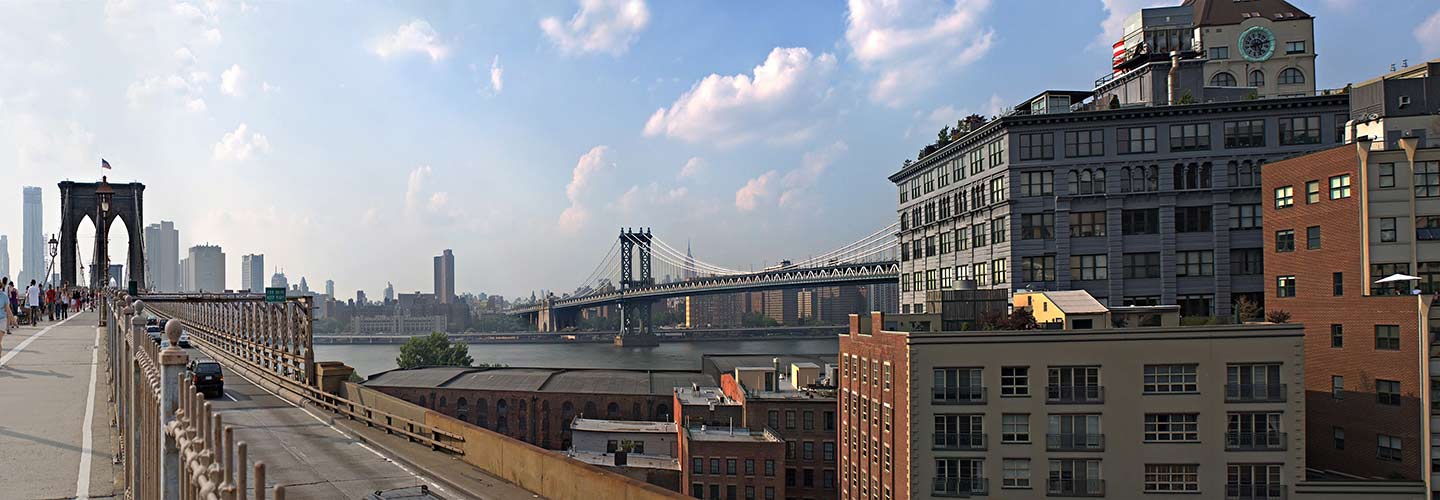

Scenario 2 is far more sensitive to parallax error due to foreground subject matter.

The location which we refer to is therefore the point at the center of the entrance pupil, which may also be called the "no parallax point" or "perspective point." A more accurate term is the entrance pupil, but even this refers to a small area and not an individual point. Note: The optical center of a lens is often referred to as its nodal point, although this term is not strictly correct. A panoramic head is a special device that ensures your camera and lens rotate about their optical center. If the camera does not rotate about its optical center, its images may become impossible to align perfectly these misalignments are called parallax error. Panoramas require that the camera rotates about the optical center of its lens, thereby maintaining the same point of perspective for all photographs.

Tripod-mounted photographs with foreground subject matter in multiple frames. Here we identify two typical stitching scenarios, based on required equipment: Being able to identify when you need additional equipment can save time and money. The size and cost of panoramic equipment can vary drastically, depending on the intended use. BACKGROUND: PARALLAX ERROR & USING A PANORAMIC HEAD These stages will show that panoramas are not always straightforward, and require many interpretive decisions to be made along the way. The rest of this tutorial takes an in-depth look at stage 1, with details on stages 2-6 being presented in the second part of the tutorial.
How to stitch panorama photos software#
Note how stages 2-6 are all conducted on the computer using a panorama software package, after the photos have been taken. Selection of perspective and projection typeĬomputer shifts, rotates and distorts photos to conform with requirements of stages 2 and 3 Selection of desired photo alignment and input of camera and lens specifications Equipment setup and acquisition of photographs


 0 kommentar(er)
0 kommentar(er)
